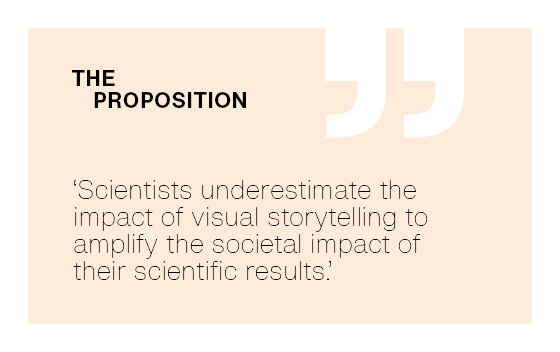Text Ning Fan
PhD candidates explain the most thought-provoking proposition in their thesis. This time it’s Nathan Meijer, who received his PhD on 13 October. His study was about the effects of dietary exposure to insecticide residues on Hermetia illucens and Alphitobius diaperinus reared for food and feed.
‘It’s common to see presenters at scientific conferences using slides with large tables filled with text taken directly from their papers. I often feel disconnected from such slides and find they bore the audiences. In my opinion, if you’re going to present an account of your scientific work, it’s important to be aware of how you’re doing it.
I used to work in the legal field and was used to using lots of text in a presentation slide. Until I realized that “a picture is worth a thousand words” and put it into practice. I immediately noticed a significant improvement in the audience’s response. Presentations aside, I think it is a very good development that some journals now require a visual abstract of the paper, as it forces you to condense your research into a single graphic that readers can easily relate to. Scientists are usually paid from public funds. I think it is as important for us to share our results with society, which funds our research, as it is with the scientific community. Our results can be used by audiences outside the scientific community, such as policy makers. Although it’s easy to copy text and tables from a paper to a presentation slide or report, it’s better to translate them into visual aids and easy-to-understand graphics that suit our audience and convey the specific messages we want to get across.’




